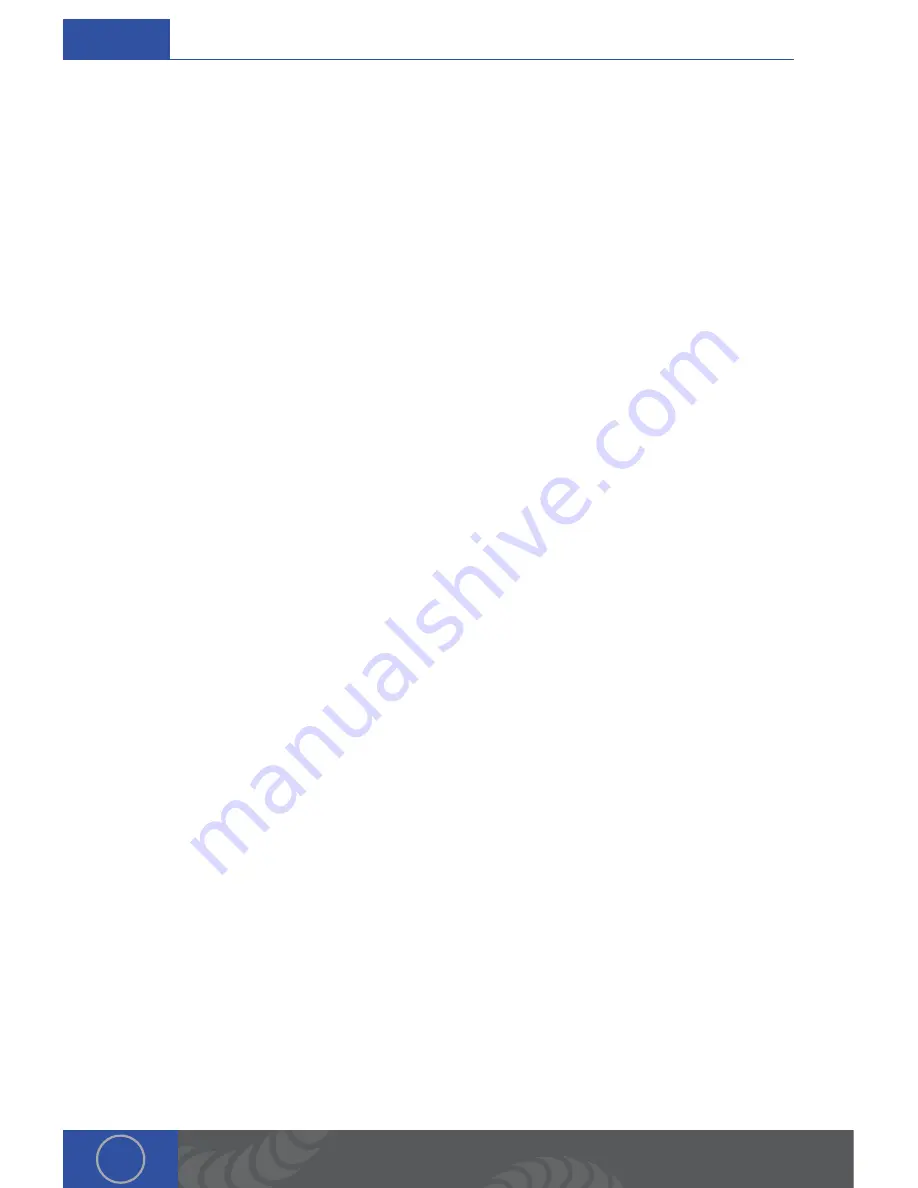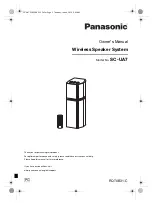
100c
User Manual
46
ch
.
7
Titanium and Niobium metals will oxidize readily at elevated temperatures and voltages. The
charts show (Ti) and (Nb) “painting” with electricity (showing the voltage at which the color will
appear). However, similar colors will appear due to heat if welding without sufficient shield gas.
These colors during welding need to be avoided. (Picture courtesy of Reactive Metals)
How to avoid oxide and nitride formation (these will work for other metals as well): In many
situations this is not an issue because the argon (Ar) coming from the welding stylus completely
covers the molten weld pool . However, in some situations this is not the case . For example,
welding on a thin material, the back of the material is unshielded from oxygen and the exposed
metal will react with oxygen .
Using the following can help reduce oxide formation on the back of the work piece:
1 . Argon flood on both sides of the work piece during the welding process . This is the best
method but can use a lot of gas and requires additional setup .
2 . Solder flux: A thick layer of solder flux can help reduce oxide formation . Place the flux on
the back side of the work piece . The flux should be as viscous and thick as possible . Some
fluxes may work better than others .
After saying all of the above, it should be noted that titanium is very simple to weld . With proper
gas shielding, the weld looks bright and clean . Titanium to titanium welds are simple to perform
and are strong . Titanium welded to other metals can have a variety of results . For example (Ti) to
Gold (Au) results in a clean looking but brittle weld . Copper to (Ti) has similar results . Silver to (Ti)
is relatively strong . When welding (Ti) to other materials remember to test the weld strength with
scrap pieces before welding the final work piece .
One important consideration when welding (Nb) is it’s high boiling temperature (4742 deg C)
relative to tungsten’s melting temperature (3410 deg C) . What this means: if the tungsten
electrode is contaminated with (Nb) metal the (Nb) metal may superheat and start to boil right on
the electrode . This boiling of the (Nb) will in turn melt the tungsten electrode causing it to lose its
sharp shape .
Yellow / White Gold (Au)
Yellow gold
is a relatively simple material to weld . Typically, it will produce a strong and symmetric
weld spot and resulting welds are smooth and require little cleanup . This is true for even lower
Karat golds; however, please note that weld results will improve with higher gold content .
Typically, the different metals added to gold are used to change its wear characteristics and color .
The more additional metal added (not gold) the lower the karat value . Lower karat golds that
contain copper and silver, etc . can produce a black coating around the weld’s surface . This can
easily be steam cleaned, wiped off with a clean rag, or taken off with a glass brush .
Please also note that sometimes during the welding process a small amount of the welded
metal will evaporate . Different metals will evaporate at different rates from the weld pool . The
evaporated metal can deposit around the weld location in a very thin layer that can look black .
This type of deposit can typically be removed by steam cleaning, wiping with a clean rag or with a
glass brush .
Please also note that some gold alloys can contain small amounts of zinc (0 .5-1 .0%) . This zinc
addition is used as a deoxidizer during casting, and can improve the fluidity of the molten metal .
As discussed above, zinc can cause porosity and will contribute to a black film that must be















































